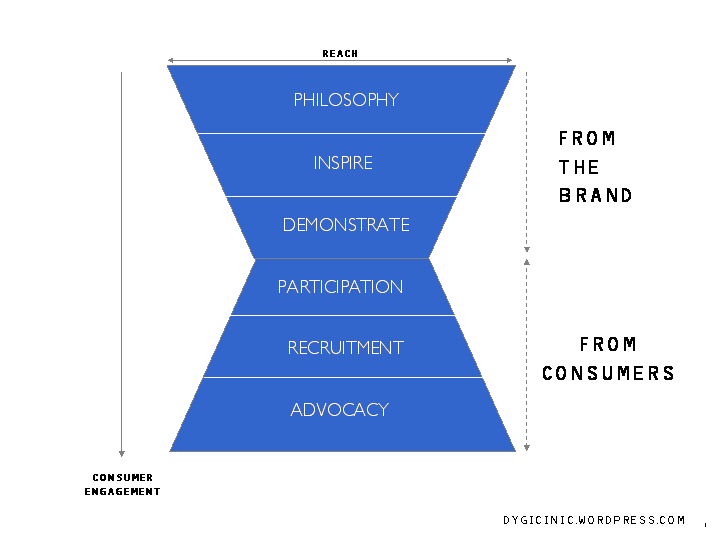Courtesy of
Harvey Schachter 1. Make meaning, not money
Most companies founded to make money fail. They attract the wrong kind of co-founders and early employees – people who are too greedy. Instead, entrepreneurs should focus on making their products mean something more than the sum of its components, and the money will follow. Nike’s aerobic sneakers, which cost a few dollars to make, for example, have been sold to women as standing for efficacy, power and liberation.
2. Make a mantra, not a mission statement
Bland, generic mission statements such as “delivering superior quality products for our customers and communities through leadership innovation and partnerships” serve no one but the consultant brought in to develop them. Instead, keep it short and define yourself by what you want to mean to consumers. Nike stands for “authentic athletic performance,” while FedEx is about “peace of mind.”
3. Leap ahead
Instead of just trying to stay a little bit ahead of competitors, find a way to leap ahead. The goal of a company, say, producing the early daisy-wheel printers, wouldn’t be to develop more font sizes for Helvetica but break through with the laser printer.
4. Roll the DICEE
In product design, you need to roll the DICEE – Mr. Kawasaki’s acronym for five important concepts: D is for deep, or thinking about features that go beyond the norm, as sandal maker Reef Fanning did by building a bottle opener into the sole of its shoes. I is for intelligence, as seen in the design of Panasonic’s BF-104 flashlight, which uses batteries of three different sizes to accommodate the random mix of extra batteries people have around the house. C is for complete, or being not just a product, but including support and service. The first E is for elegance, since beauty matters. And the second E stands for emotive, since great products, like those from Harley-Davidson, generate strong emotions.
5. Be crappy
Your innovation doesn’t have to be perfect and indeed can have elements of crappiness to it. Twitter, he says, has many flaws, but is changing people’s habits.
6. Polarize people
Try to be all things to all people and you often deliver mediocrity. The boxy Toyota Scion xB looks ugly to some people but very cool to its devotees.
7. Let 100 flowers bloom
You never know from where your innovations will flower, so let as many blossom as possible, bringing them to market to see if they attract any attention from customers. Avon Products’ Skin-so-Soft cream became popular as a mosquito repellent. “Learn who’s buying your product, ask them why and give them more reasons. That’s a lot easier than asking people who aren’t interested, ‘why not,’ and trying to change their minds,” he says.
8. Churn, churn, churn
Listen to feedback from customers, and continually improve your product. That’s difficult for innovators, since they often had to ignore the naysayers to get their product launched.
9. Niche yourself
The best products or services are unique and offer value. Successful companies create a separate niche for a high-value offering.
10. Follow the 10-20-30 rule
When pitching to venture capitalists, use no more than 10 PowerPoint slides, keep the pitch to 20 minutes, and employ a 30-point font size in the presentation to keep it simple, as well as readable. The goal of your pitches isn’t to walk home with a cheque, but simply to not be eliminated from consideration.






